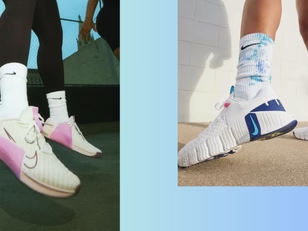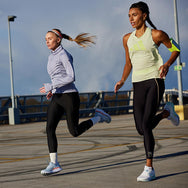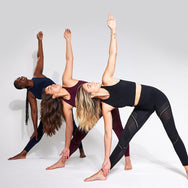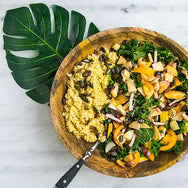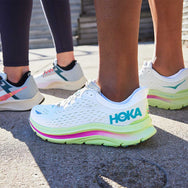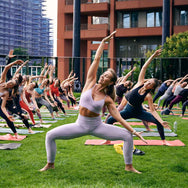
Words by Linia Patel
One of my mantras as a Sports Dietitian is that “you don’t get fitter during training, you get fitter after”. This is because the physiological changes from training happen mainly post-exercise. So if you’re thinking about rewarding yourself after a hard cycle or run with a slice of carrot cake, or burger, fries and beer…. you need to think again!
What you eat after training sessions really matters. Luckily, good nutrition doesn’t have to be difficult or time consuming. Follow these key rules of recovery nutrition to boost your energy levels, help you recover quicker and perform at your best for your sport.
Recovery nutrition priorities
Eating the right nutrients at the right time facilitates gains from your training sessions, helping you get stronger, allowing you to train at a high intensity and also keeping your immune system strong.
Post-workout nutrition has three specific purposes:
- Replenish fuel (glycogen) stores used during the training session
- Repair and rebuild any muscle damage
- Restore fluid and electrolytes lost in sweat

THE GOLDEN RULES
1. KNOW WHEN RECOVERY NUTRITION NEEDS TO HAPPEN
You only need to concentrate your efforts on recovery nutrition if you train at a moderate intensity for 75-90 mins, high intensity for more than 45-60 mins, or if you are doing multiple training sessions a day.
When we workout intensely, we use fuel. Your body can only store enough carbohydrate (glycogen) to fuel 90 - 120 minutes of moderate exercise, so failing to refuel after long exercise session may cut your subsequent training session shorter than hoped!
Intense exercise also damages muscles at the microlevel, so it is important that we provide our muscles with the right nutrients to promote the repair and rebuilding of muscle.
Practical Tip: If fat loss is your primary goal then recovery from exercise sessions is not as important as creating an energy deficit. So you may not need a recovery snack after each training session.
You may have heard about the “window of opportunity” in terms of post-workout nutrition. Basically, this is a period when your body shuffles nutrients into muscles at an increased rate, therefore enhancing muscle repairing and rebuilding.
This window opens immediately after your workout and lasts about 30 mins post your workout. During this period, any carbohydrates eaten are converted into muscle glycogen at up to 3 times the normal rate. Although research suggests that protein synthesis lasts for at least 48 hours after exercise, it is most important to get post-workout nutrition onboard as soon as possible, and within 2 hours at the very least.
Practical tip: Whether you choose a specific recovery product or real food is up to you. The key is timing, so choose something that is easy to prepare and consume. As soon as you hop off that bike or drop that last dumbbell – you should be consuming some post workout nutrition!
3. RECOVER WITH PROTEIN AND CARBOHYDRATES
Muscle glycogen is the main fuel used by the body during moderate and high intensity exercise. Inability to adequately replace glycogen stores used during a workout will compromise recovery and therefore performance in subsequent sessions.
Research indicates that an intake of 1–1.2g carbohydrate per kg body weight for recovery is perfect for refuelling (i.e. 70g carbohydrate feed for a 70kg cyclist). Studies also show that the addition of 15–25g of protein to a post-workout meal or snack can boost glycogen storage, reduce muscle soreness and promote protein synthesis (i.e. protein rebuilding).
Practical Tip: Supplements and commercial recovery products are extremely convenient and provide the recommended ratio of carbohydrate to protein but they aren’t the only way to meet your recovery goals.
What should I eat after a workout? Great recovery snacks include:
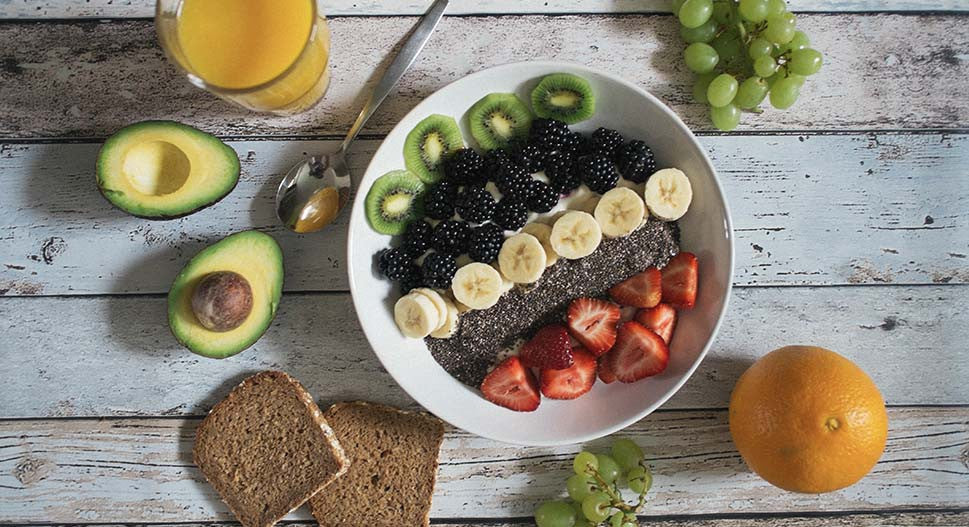
4. AVOID FATIGUE BY HYDRATING PROPERLY
After glycogen depletion, dehydration is the biggest cause of fatigue. Dehydration will increase your feeling of fatigue and muscle soreness.
Fluid and electrolyte losses after vigorous exercise vary from person to person, so it is important to monitor and understand your own fluid losses. A simple way to do this is by weighing yourself before and after training to work out your fluid losses. You should aim to consume 125-150% of your estimated fluid losses in the 4-6 hours after exercise. So, if your fluid deficit is 1kg (taking into consideration fluids consumed) you will need to rehydrate with 1.25L – 1.5L.
An easy way to monitor hydration levels is also to keep an eye on your urine. If you’re well hydrated, it will be plentiful and pale straw–coloured.
Practical Tip: You also lose electrolytes (mainly sodium and chloride) as well as fluid when you sweat. Recommended intakes of sodium for re-hydration are 50 – 80mmol/L. Most sports drinks contains 10 – 25 mmol/L and some sports waters even lower. If you are a heavy salt sweater, you will therefore need to add additional electrolytes to your fluids or consume foods that contain more sodium.
5. DABBLE ONLY AFTER YOU GET THE BASICS RIGHT
Sadly there are no magic formulas or short cuts. The basic recovery principles (replenish, repair & restore) need to be followed first before you can begin dabbling in other recovery products and supplements, like tart cherry juice and ginger.
Research has shown that it is the flavonoids and anthocyanins in tart cherries that are responsible for suppressing inflammation. In vitro studies have also shown that some compounds found in ginger such as gingerols, shagoals, paradols block the production of inflammatory compounds and inhibit enzymes that increase pain and inflammation in the body.
Ultimately, recovery strategies should always be individualised depending on workload, the fuel used during the session, body size, body composition goals and the period of time before the next training session.
















